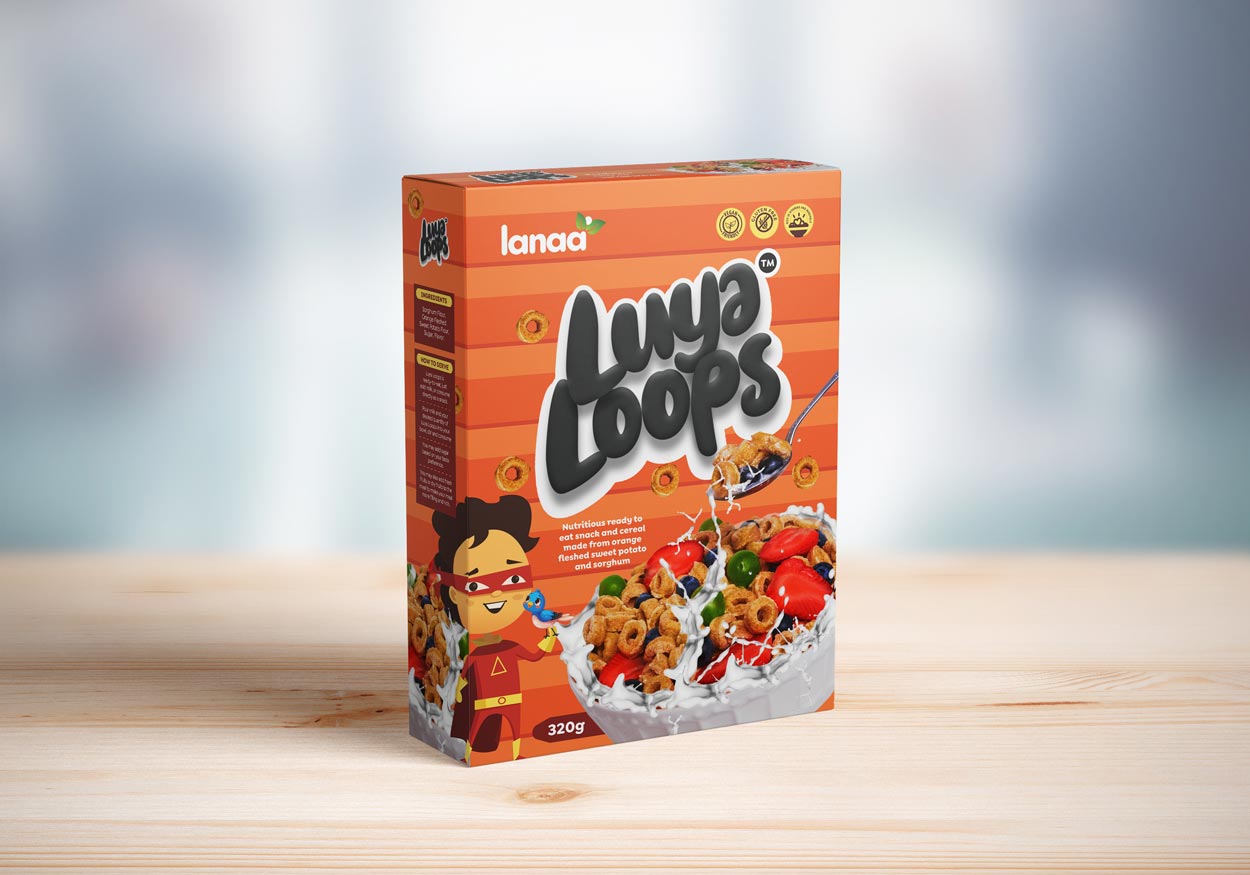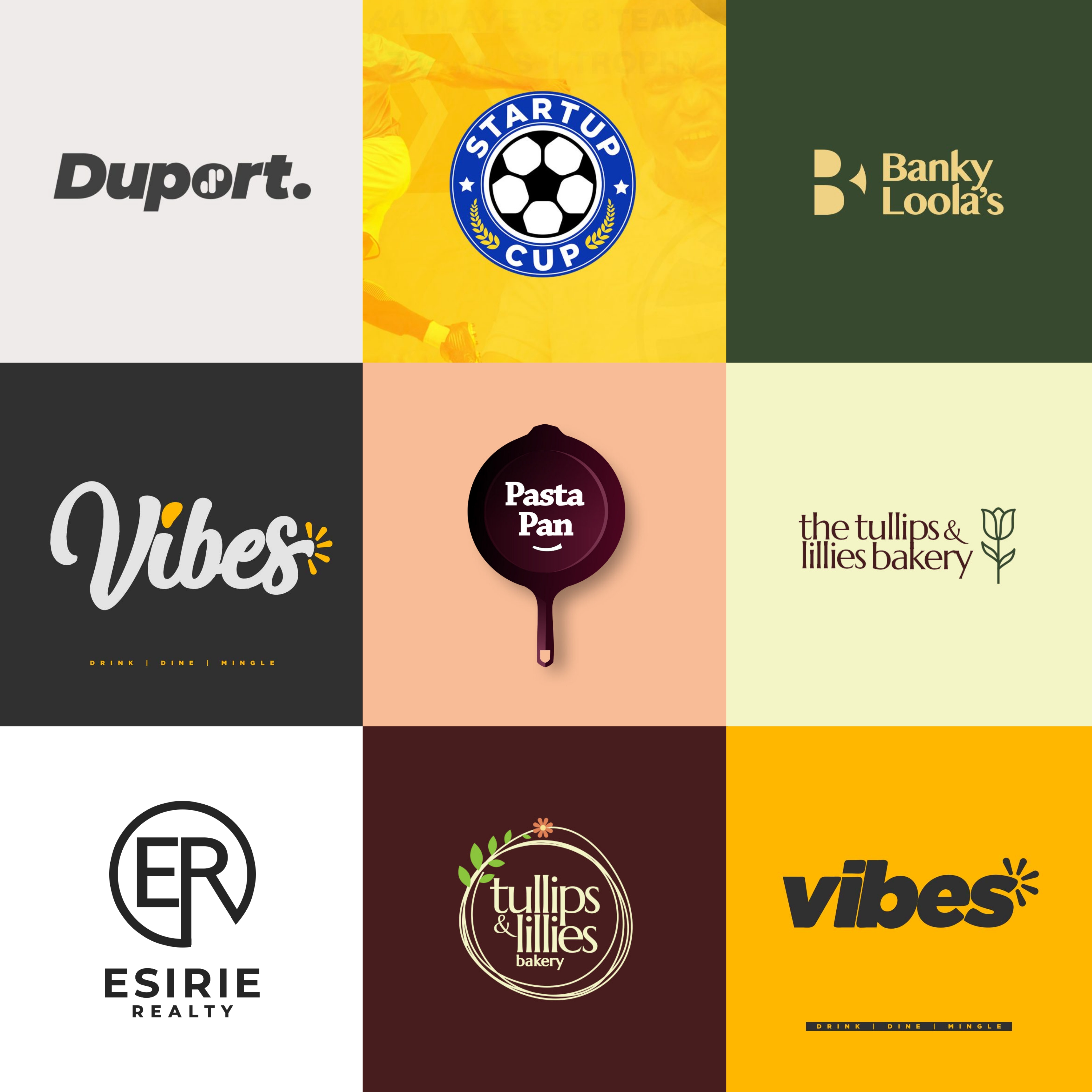
What is a buyer persona?
A buyer persona is a semi-fictional representation of your ideal customer based on market research and real data about your existing customers. When creating your buyer persona(s), consider including customer demographics, behaviour patterns, motivations, and goals – the more detailed you are, the better.
Aderogba Michael. Adeleke Habeeb. Ola-Michael Mosunmade. These names refer to personas: fictional, generalized representations of real people.
By grouping people into persona categories, it's much easier for marketers, product designers, salespeople, and service people to tailor their content, messaging, product development, and services to different groups of people.

Personas are important.
Oftentimes, personas are referred to more specifically as “buyer personas” or “marketing personas” by marketers, or even “customer personas” or “user personas” by product designers.
It is important to remember that personas aren't just for marketing, neither is it one of those one-off exercises your marketing team does only to promptly forget about them several weeks later.
You have to implement your personas across your entire funnel strategy and let everyone in the organization know who they are – from Marketing to Product to Sales and Services.
Depending on your business, you could have as few as one or two personas, or as many as 10 or 20. You can use them to inform everything from writing a more effective copy to developing better products.
How do you create a buyer persona?
The best buyer personas are based on a combination of market research and insights that you gather from actual customers through surveys and interviews.
The process of creating buyer personas can be a bit time-consuming, especially if you’re new to them. You can use the following tips to create buyer personas for your business more easily and effectively:

Examine your current target audience
Before you begin to create a buyer persona, take a closer look at your current target customers, and try to identify their differences. Based on these differences, you can group them into different buyer personas.
Let’s say you’re a photographer that specializes in family photography packages.
Your target customers would be families, even among these customers – there may be a lot of variations in preferences.
For example, you have a family that’s looking for a minimalist session.
They want everything in moderation, from the way the pictures are taken to the props and finish work.
You also have a family that’s more keen on luxury and isn’t too restrictive about costs.
In situations like these, you create two distinct buyer personas based on these differences. You might have other customer groups who could fit into a completely different persona from these two existing ones. Start by creating 3–5 personas for customer groups that yield the highest revenues. You can then add more as you become more acquainted with the concept, creating personas based on types of budget and so on.

Conduct research into each persona
Now that you’ve identified your main buyer personas you can start gathering valuable information to help define each persona further. This step takes a bit of time as you need to ask and answer a multitude of questions that will help define the buyer persona more thoroughly.
Below are ways in which you can go about getting answers to questions that will help define the buyer persona
Interview customers
Interview customers and potential customers – either in person or over the phone, to discover what they like about your product or service. Ask questions about their job role and title, what a typical day-in-the-life looks like (both at work and outside of work), what tools they use in their job, what their challenges are, how they learn new information or acquire new skills, where they're from, how they search for information on the internet, and so on. The list of questions above will guide you during a persona interview.
Look for behavioral trends
Look through your contacts database to uncover trends about how certain leads or customers find and consume your content.
Optimize forms for your persona
When creating forms to use on your website, use form fields that capture important persona information. For example, if all of your personas vary based on company size, ask each lead for information about company size on your forms.
Talk to your sales team
Consider your sales team's feedback on the leads they are interacting with most. What types of sales cycles does your sales team work with? What generalizations can they make about the different types of customers you serve best?
From this research, you should be able to discover information related to demographics, personal life and interests, career, browsing and purchase behaviour, goals, and financial status.

How to use buyer personas to drive sales?
After you’ve successfully created and defined your buyer personas, you can start looking for ways to use them to boost your sales. Below are a few ideas you can use:
Create personalized customer experiences for each persona
Creating personas allows you to personalize or target your marketing for different segments of your audience. For example, instead of sending the same lead nurturing emails to everyone in your database, you can segment by buyer persona and tailor your messaging according to what you know about those different personas.
Customize ad copy for different personas
Buyer personas can be used to deliver relevant ads for different types of prospects. What attracts a certain type of buyer may not necessarily be so appealing to another buyer. If we consider our travel agency example again, a high-income individual who enjoys luxury vacations may not feel compelled to click on an ad for budget vacation packages. Similarly, someone who’s in need of cheap family vacations may not be so interested in an ad promoting luxury beachside rentals.
It is best to develop different ad copies to appeal to each buyer’s persona. You can then deliver the right copy to customers after determining which buyer persona they seem to be most suitable for.
Conclusion
Buyer personas are a key part of the inbound marketing methodology. These tips should be able to help you drive more sales by creating accurate buyer personas, you can get accurate answers by sending out questionnaires via email or share via social media and offer a small incentive in exchange for completion.
You can also make the most of the insights from your social media or website analytics. Your sales personnel and customer care team should also be able to provide you with important insights for your research based on their day-to-day customer interactions.
Don’t be afraid to spend time researching. You need to be very thorough with it if you want your personas to be accurate.
If you need clarification on any of these points, please send an email to hello@myredboxx.com






